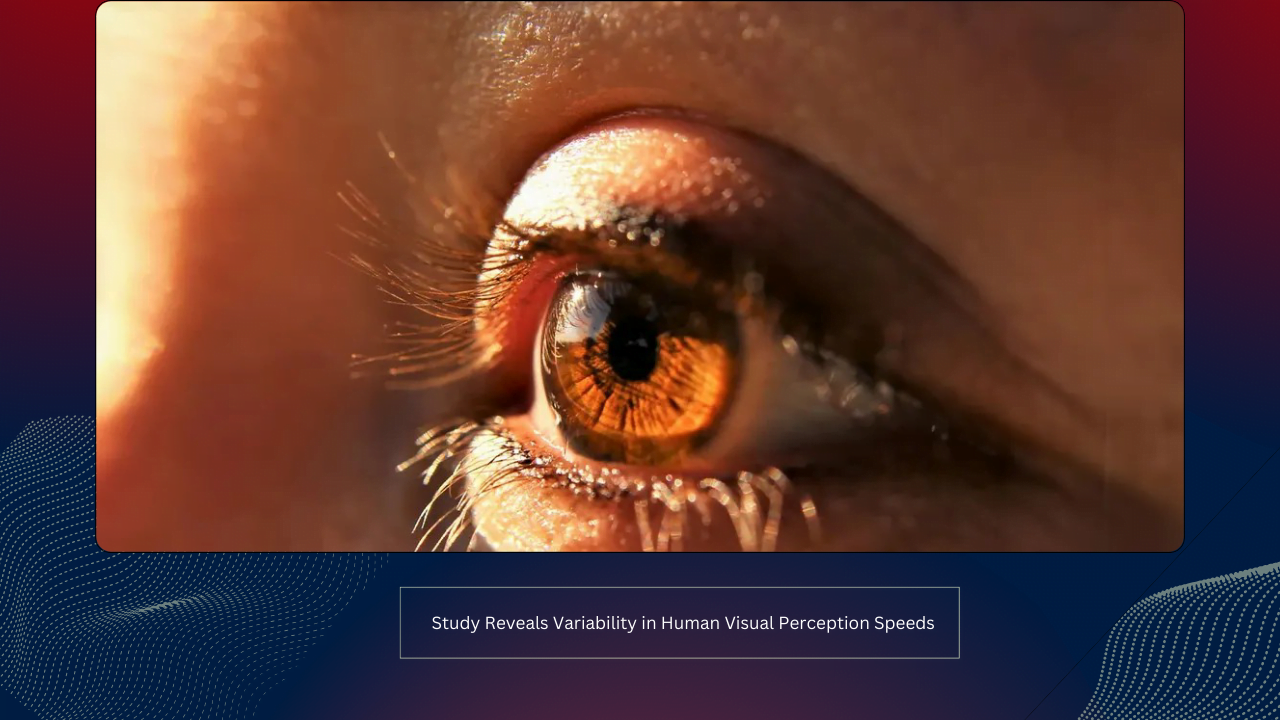
Study Reveals Variability in Human Visual Perception Speeds
New research conducted at Trinity College Dublin sheds light on the variability of human visual perception speed, suggesting that individuals perceive visual information at different rates. Published in the journal PLOS ONE, the study explores the concept of “critical flicker fusion threshold” to determine the maximum number of images per second each participant could perceive.
According to the findings, individuals exhibit varying capacities to detect flickering light sources. While some participants perceived a light as steady even when it flickered up to 35 times per second, others could discern the flickering even at rates exceeding 60 times per second. Lead author Clinton Haarlem, a PhD candidate at Trinity’s School of Natural Sciences, emphasized the potential implications of these differences in day-to-day activities, particularly in high-speed scenarios such as sports or competitive gaming.
The study’s results underscore the significance of individual differences in “temporal resolution,” the term used to describe the ability to perceive changes in visual stimuli over time. While temporal resolution typically remains stable for individuals, the researchers noted slight variations over time, particularly among female participants compared to their male counterparts.
Understanding the nuances of visual perception speed has broader implications for fields such as sports, gaming, and other high-speed activities. Individuals with higher temporal resolution may have a competitive advantage in tasks requiring rapid visual processing, such as tracking fast-moving objects or responding to rapidly changing visual scenes.
The study’s findings contribute to our understanding of human sensory capabilities and highlight the need for further research to explore the underlying factors influencing temporal resolution. By elucidating the mechanisms governing visual perception speed, researchers can develop strategies to optimize performance in various domains where rapid visual processing is critical.
As scientists continue to unravel the complexities of human perception, studies like these pave the way for advancements in fields ranging from psychology to technology. By acknowledging and accommodating individual differences in visual perception speed, we can enhance our understanding of human cognition and optimize experiences in diverse contexts.

